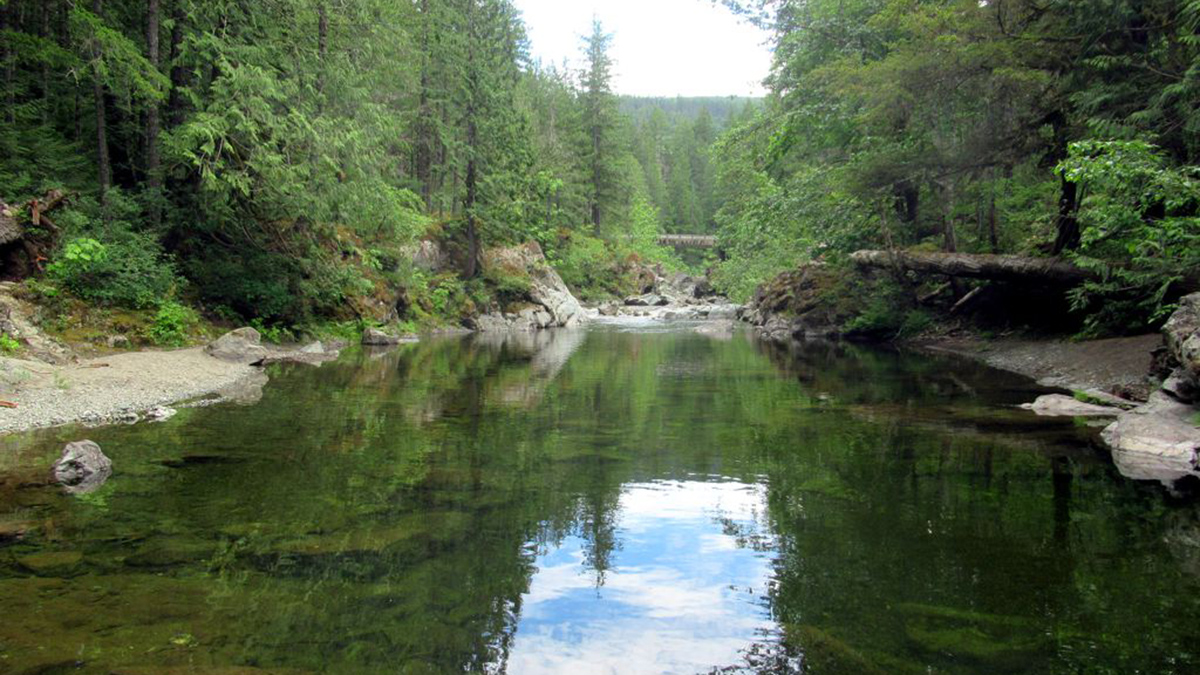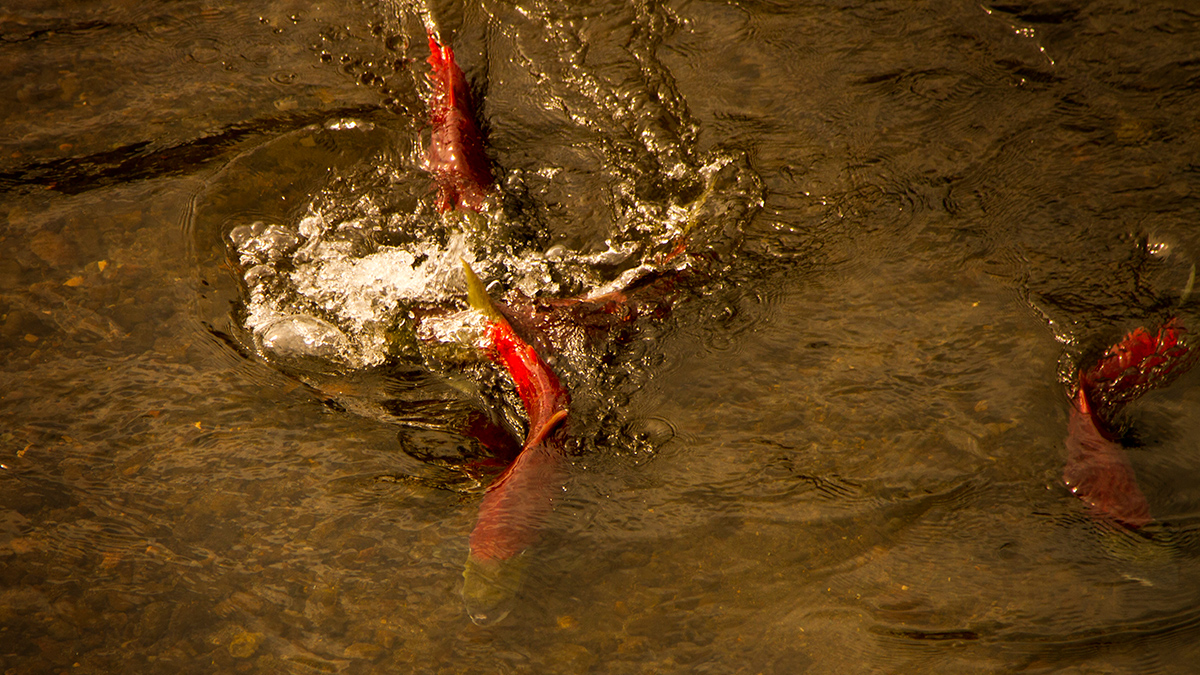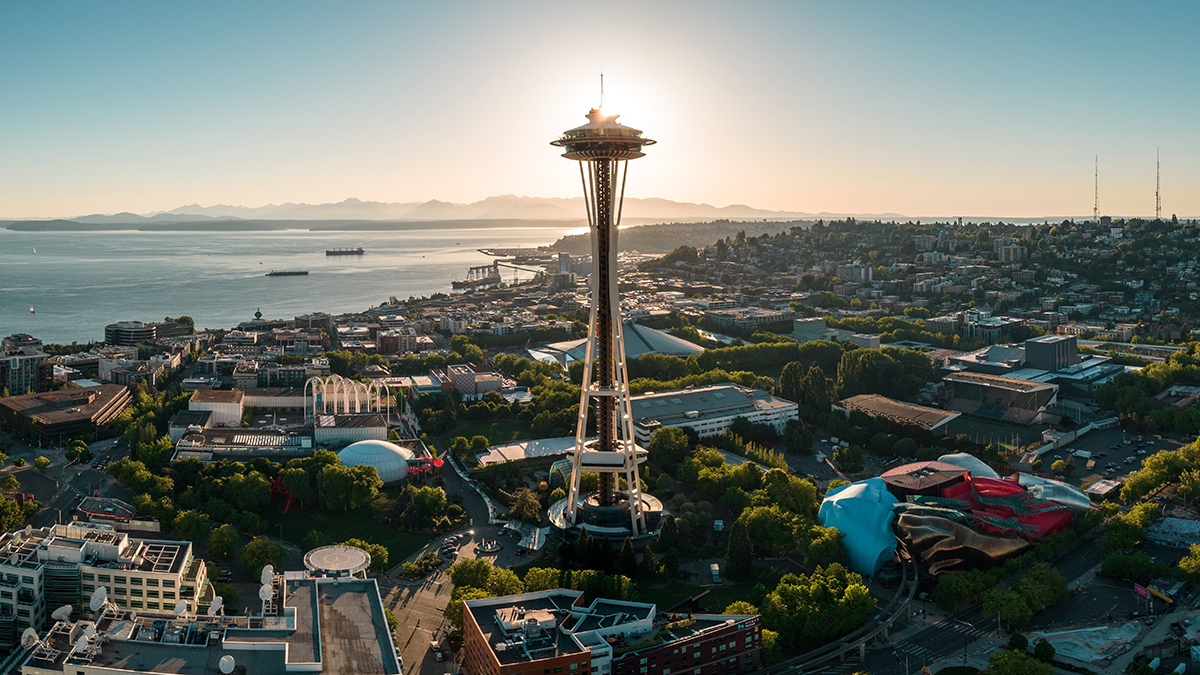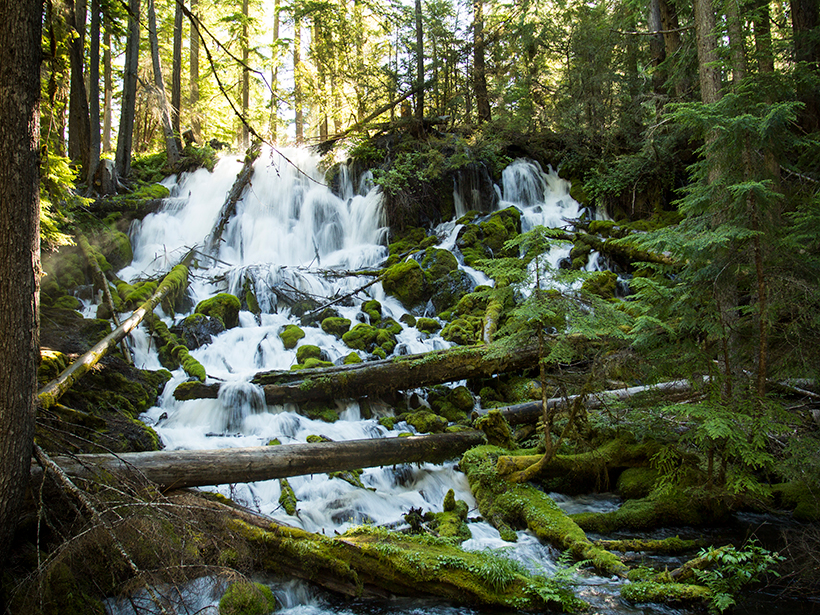A community science project supports an innovative watershed management plan.
British Columbia
Young Salmon in British Columbia Are Getting Bigger
A rediscovered catalog of sockeye scales gave researchers access to century-old fish DNA.
Revolucionando la ciencia de los terremotos en Cascadia
Un nuevo centro reunirá a científicos de sismos para estudiar la zona de subducción de Cascadia y aclarar los peligros sísmicos.
Shaking Up Earthquake Science in Cascadia
A new center will bring together earthquake scientists to study the Cascadia Subduction Zone and clarify seismic hazards.
Far-Flung Forces Caused the 2021 Pacific Northwest Heat Wave
Air from thousands of kilometers away spiraled down to drape the Pacific Northwest in blistering heat.
Planning and Planting Future Forests with Climate Change in Mind
The climate is warming too fast for some trees to catch up. Planting seeds from warmer regions can bolster future forests, but that requires a significant shift in forestry practice.
Remote Landslide Puts Fraser River Salmon on Shaky Ground
An alliance of First Nations, provincial, and federal leaders worked with scientists, engineers, and emergency responders to rescue critical salmon stocks in western Canada.
Forested Streams May Warm More Than Observations Predict
Understanding how temperatures of cold-water streams respond to global warming could help clarify the impacts of climate change on aquatic ecosystems.
More Evidence Humans Migrated to the Americas via Coastal Route
A new chronology shows that ice-free areas existed along the British Columbia coast earlier than previously thought.
A Closer Look at an Undersea Source of Alaskan Earthquakes
A systematic survey offers a striking portrait of movement along a 500-kilometer-long undersea section of the Queen Charlotte–Fairweather fault off the coast of southeastern Alaska.










